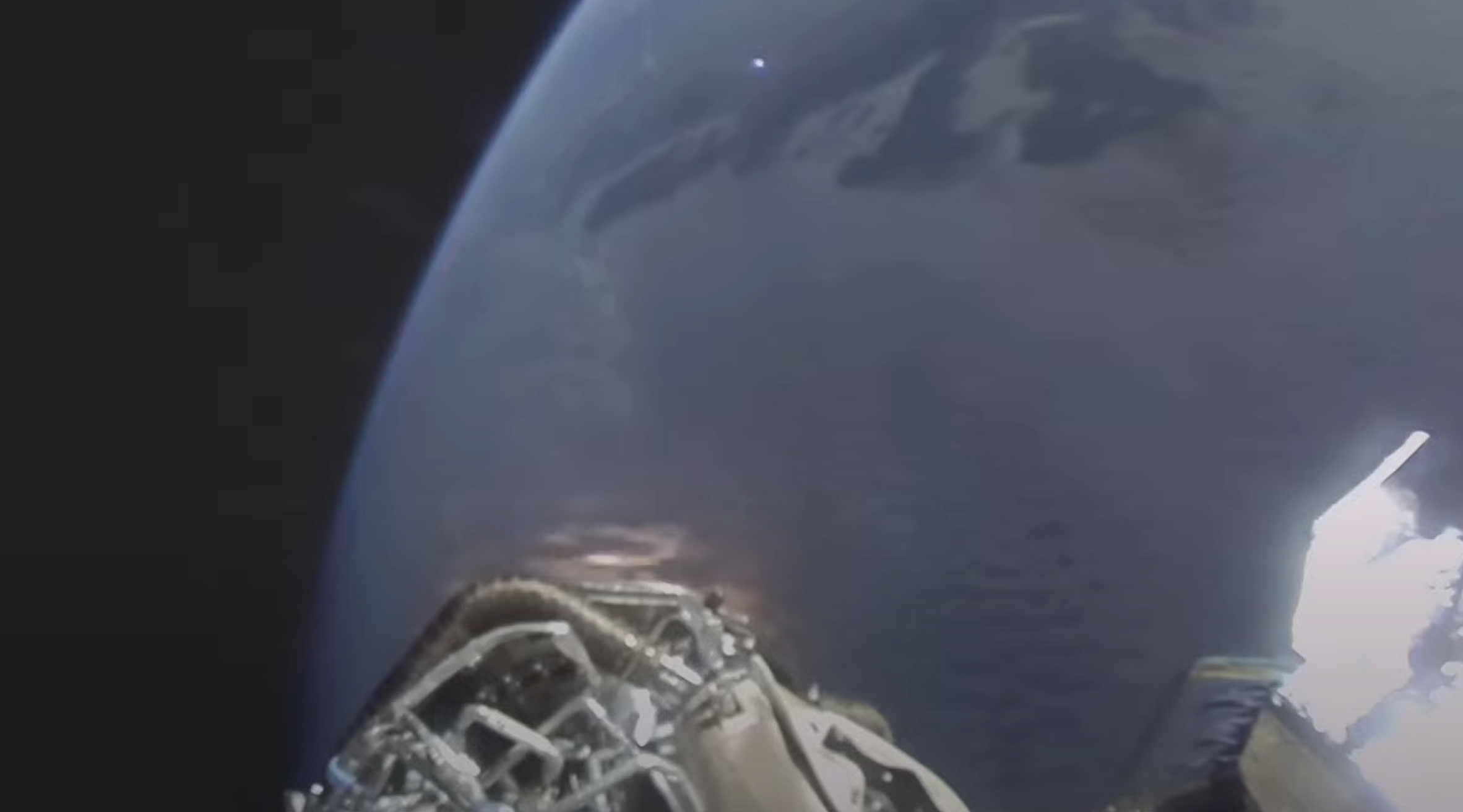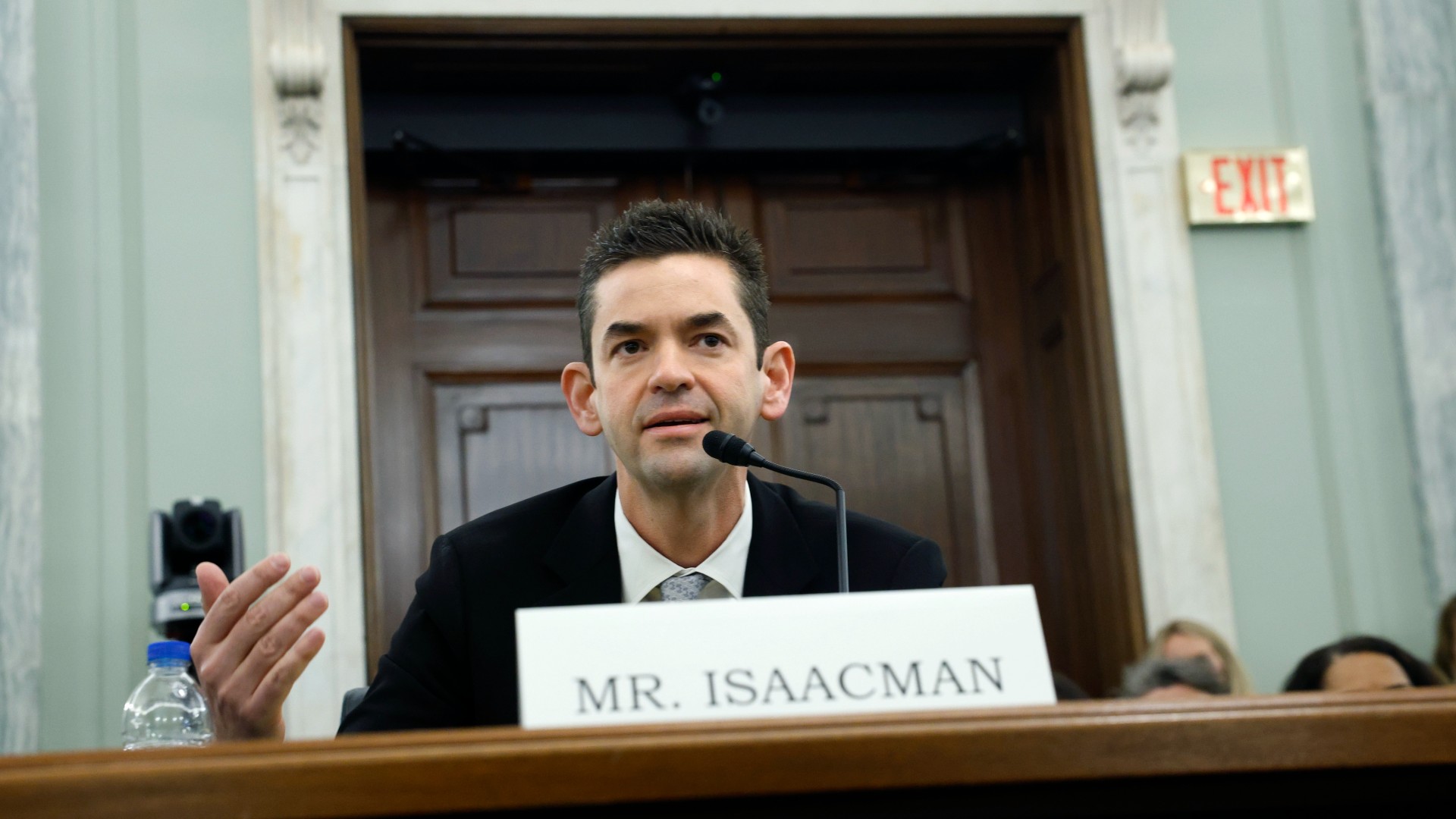SpaceX launches 46 Starlink satellites, lands rocket on drone ship
Starlink Group 3-3 went aloft at 5:40 p.m. EDT (2140 GMT) towards an orbit experiencing 'squalls' of space debris.
SpaceX sent another batch of its Starlink internet satellites on Friday (Aug. 12).
SpaceX brought Group 3-3 of the Starlink constellation into orbit from Vandenberg Space Force Base in California at 5:40 p.m. EDT (2140 GMT; 2:40 p.m. local time).
A Falcon 9 rocket launched the 46 Starlink craft into space. About nine minutes after launch, the rocket's first stage landed atop a drone ship in the Pacific Ocean a little less than nine minutes after liftoff. The second stage was expected to deploy the satellites 63 minutes after launch, after the livestream concluded.
Related: SpaceX's Starlink megaconstellation launches in photos

The new bunch of satellites are part of Group 3, which orbits in a shell that may be prone to debris "squalls" from a Russian anti-satellite test that took place in November 2021, according to a recent report by SpaceNews.
SpaceNews reported that the space-tracking company COMSPOC recently disclosed an event called a "conjunction squall," during which 6,000 close approaches affected 841 Starlink satellites, representing about 30% of the SpaceX constellation.
A conjunction, by COMSPOC standards, is defined as two orbiting objects being within 6 miles (10 kilometers) of each other. SpaceX hasn't commented on whether any Starlinks were affected, but in past discussions about space junk, the company has emphasized that its satellites can maneuver to dodge close-approaching spacecraft or debris.
Get the Space.com Newsletter
Breaking space news, the latest updates on rocket launches, skywatching events and more!
Group 3 (of SpaceX's five layers of satellites) spacecraft are in a similar orbit to other other sun-synchronous satellites that have come close to the Russian ASAT debris before, COMSPOC said in the report.
Group 3 is at an inclination of 97.6 degrees and at an altitude of 347 miles (560 kilometers), according to Teslarati. SpaceX has already sent two other Group 3 collections into orbit, on July 10 and July 22, both from Vandenberg.
SpaceX's 36th launch of 2022 added to its ever-growing record for launches in a year. The company also concluded its 62nd consecutive landing of a first stage, and a 34th reflight of a booster in 2022.
Friday's flight was the 10th for this particular Falcon 9 first stage, according to a SpaceX mission description.
Follow Elizabeth Howell on Twitter @howellspace. Follow us on Twitter @Spacedotcom or on Facebook.
Join our Space Forums to keep talking space on the latest missions, night sky and more! And if you have a news tip, correction or comment, let us know at: community@space.com.

Elizabeth Howell (she/her), Ph.D., was a staff writer in the spaceflight channel between 2022 and 2024 specializing in Canadian space news. She was contributing writer for Space.com for 10 years from 2012 to 2024. Elizabeth's reporting includes multiple exclusives with the White House, leading world coverage about a lost-and-found space tomato on the International Space Station, witnessing five human spaceflight launches on two continents, flying parabolic, working inside a spacesuit, and participating in a simulated Mars mission. Her latest book, "Why Am I Taller?" (ECW Press, 2022) is co-written with astronaut Dave Williams.









